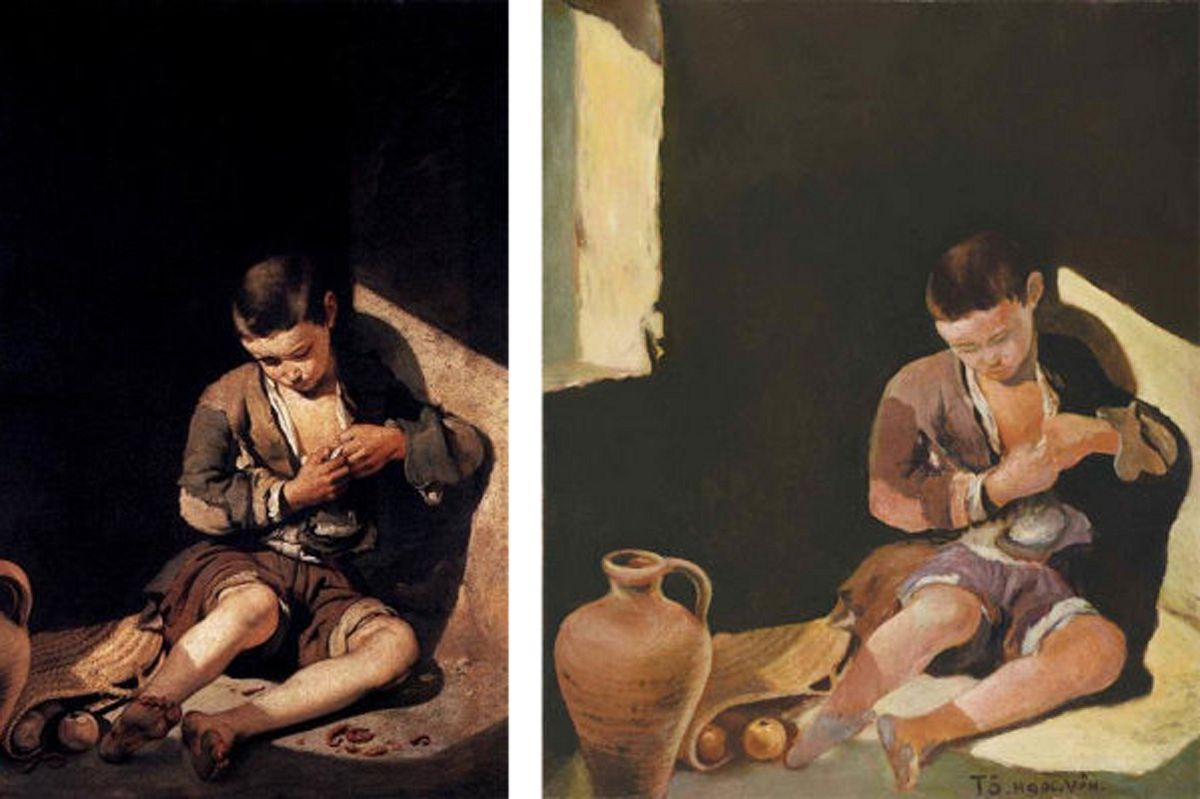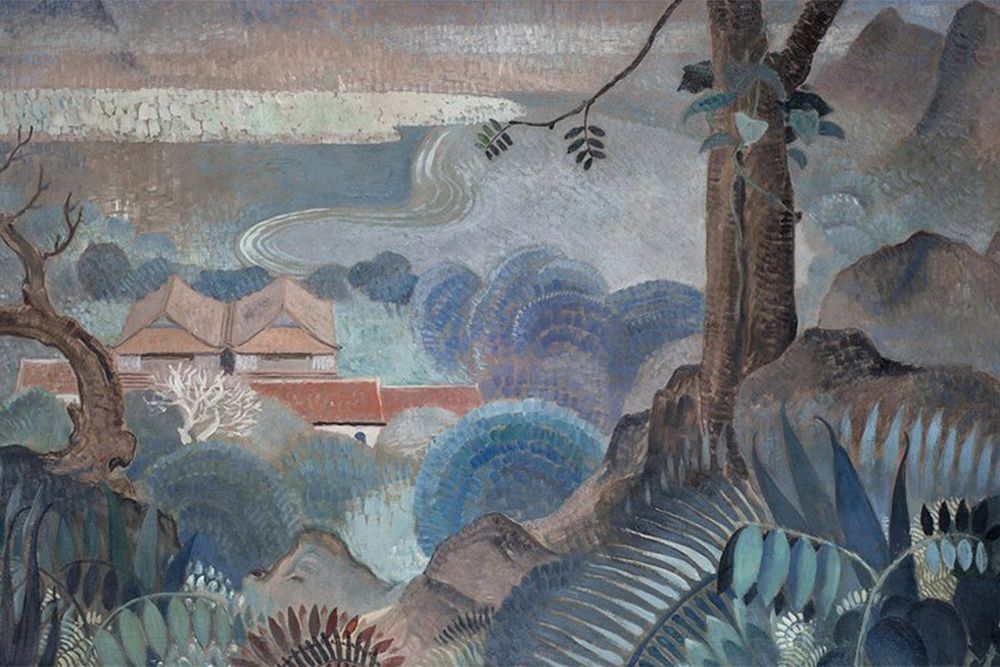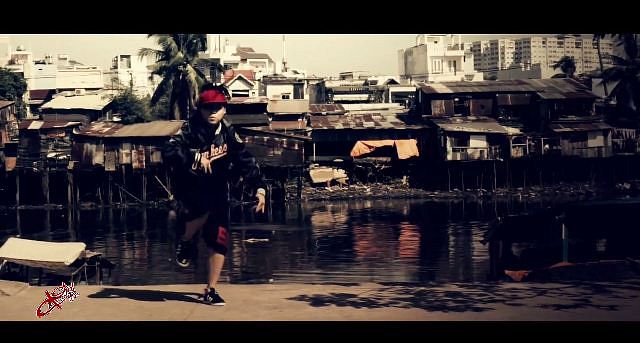New York has finally started showing Southeast Asian artists the appreciation they deserve, greatly benefiting the featured, as well as those interested in cross-cultural exploration.
"After Darkness: Southeast Asian Art in the Wake of History" is a diverse collection of works by artists from Vietnam, Indonesia and Myanmar.
In a New York Times article chronicling the tunnel vision of North America’s art scene, Jason Farago writes that before the 1990s, American art critics would only be concerned with American artists and the occasional European standout. However, he added: “By the ’90s the idea of a single avant-garde was dead and buried, and in its place arose a pluralist art ecosystem that spans the planet. It makes larger intellectual demands than ever, and requires us to accept that we’ll never see everything or understand it completely.”

Nguyen Thi Thanh Mai, Travels (2014). Photo by Perry Hu.
The article, which is more of a critique of the western art scene than any of the pieces in the exhibition, lays a solid foundation on which to build an understanding of just how exceptional “After Darkness” is. It reminds readers that “part of reckoning with a global art world is expanding one’s tolerance for things we don’t understand.”
It is clear that members of the Asia Society, which curated the exhibition, were aware that many visitors would not be familiar with Southeast Asia. The backdrop of the exhibit is a timeline of recent regional history from 1945, weaving together the history of art and art organizations as well as larger sociopolitical events. This provides context for western art enthusiasts who may not have a framework for understanding the cultural value of some of the works.
Many of the pieces brazenly, even bluntly, cry out for freedom of speech and for representation for marginalized people or aspects of society. While these are topics of great concern in the west, too, the recent history of civil wars and colonization in Southeast Asia makes these issues more immediate, and therefore the art more direct.

Dinh Q. Le, Light and Belief: Sketches of Life From the Vietnam War (2012). Photo by Maria Baranova-Suzuki.
Among the Vietnamese artists on display, the most well known is photographer Dinh Q. Le, who migrated to the United States as a child and returned to Vietnam in 1993. His work features interviews with older artists on their roles during the war in Vietnam.
Another Vietnamese artist represented is Hue-based Nguyen Thi Thanh Mai. She is a mixed-media artist whose work focuses largely on the female body, sex and the societal limitations placed on women.
The Propeller Group, a collective of visual artists and filmmakers also featured in the exhibition, said that they are interested in “blurring the lines between modes of cultural production,” and their work in “After Darkness” focuses on offering alternative viewpoints surrounding the war in Vietnam. They divide their time between Los Angeles and Saigon.
Other artists include Indonesia’s FX Harsono and Myanmar’s Htein Lin. The exhibit runs through January 21, 2018 at the Asia Society Museum in New York City.

The Propeller Group, The Dream (2012). Photo by Perry Hu.
[Photos via New York Times]














